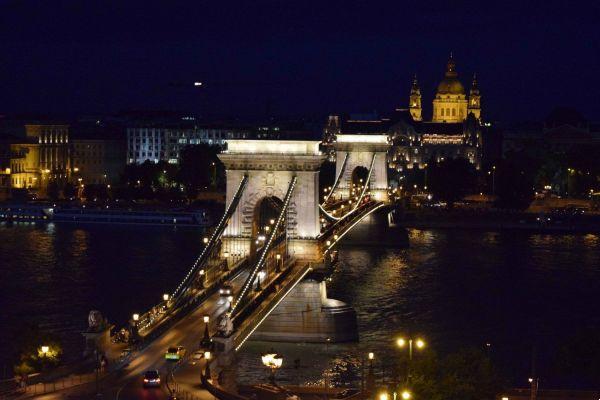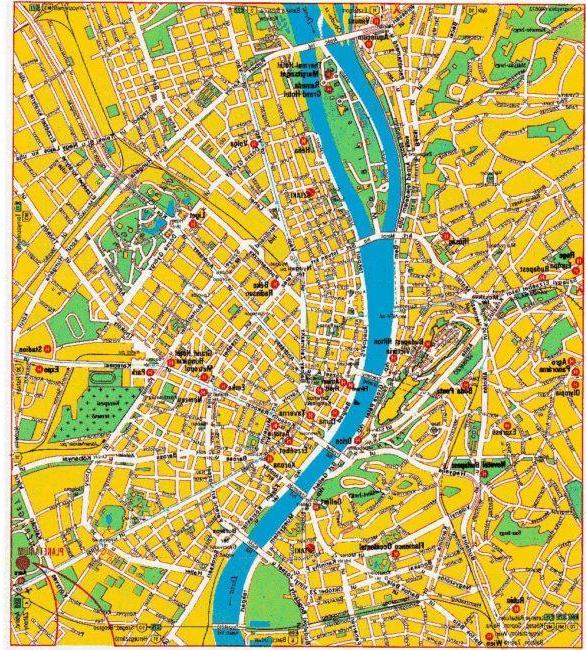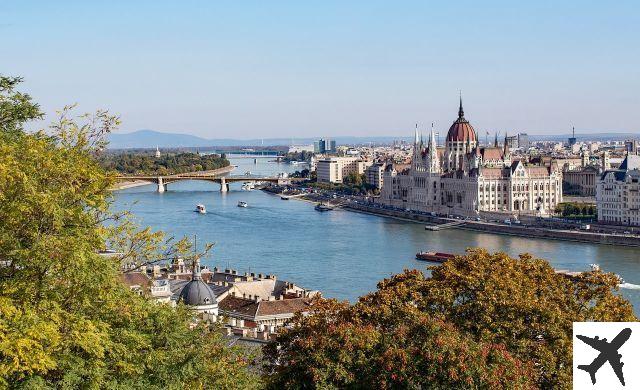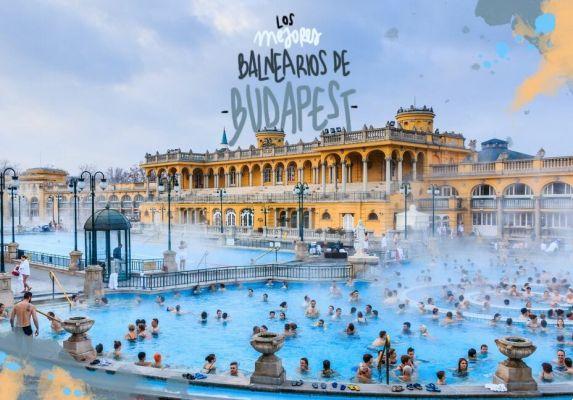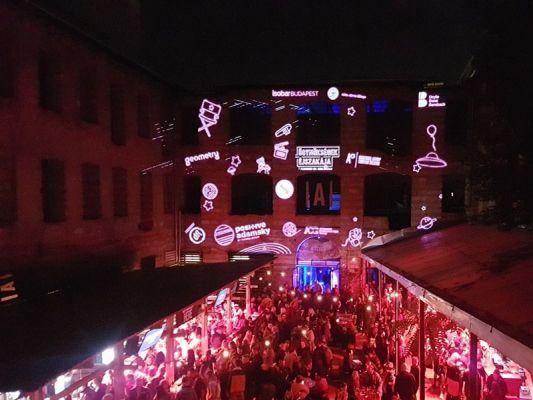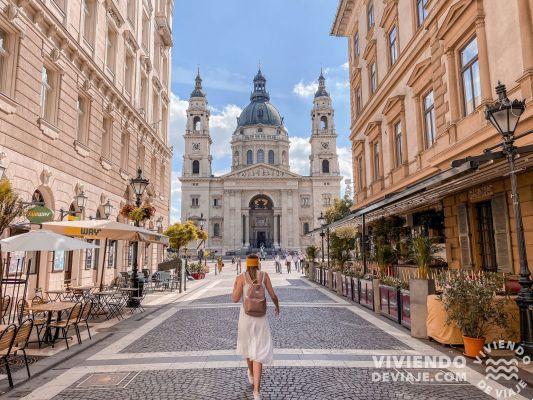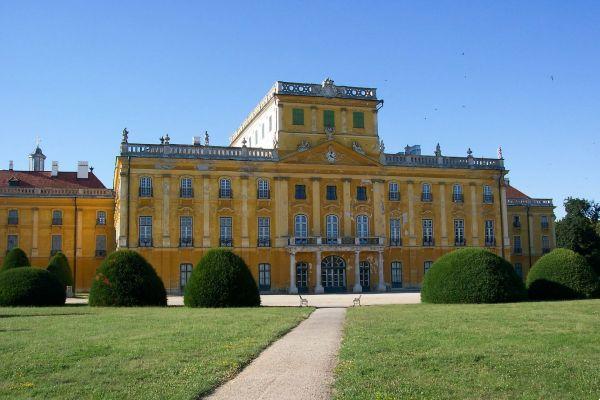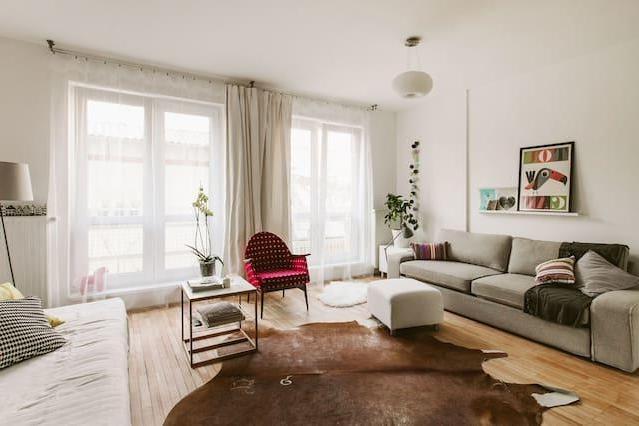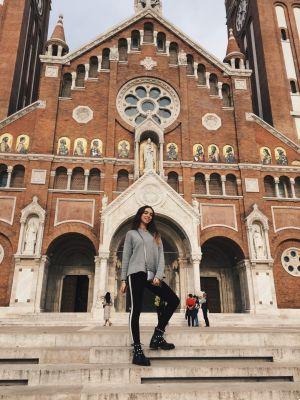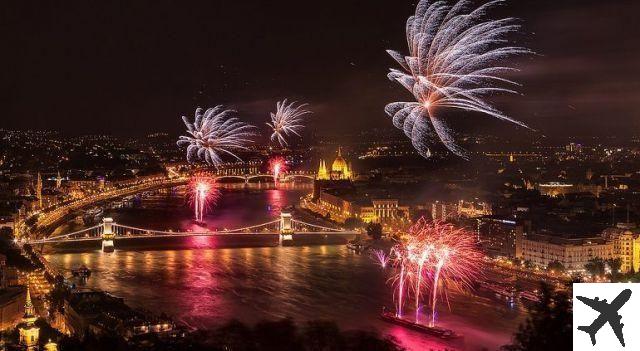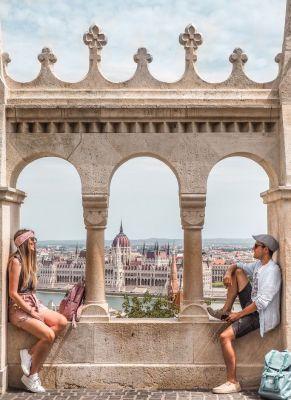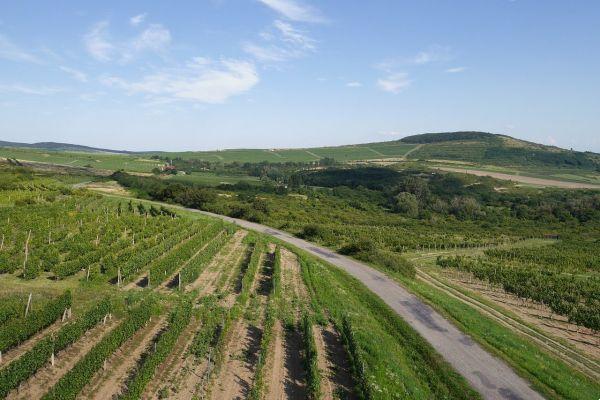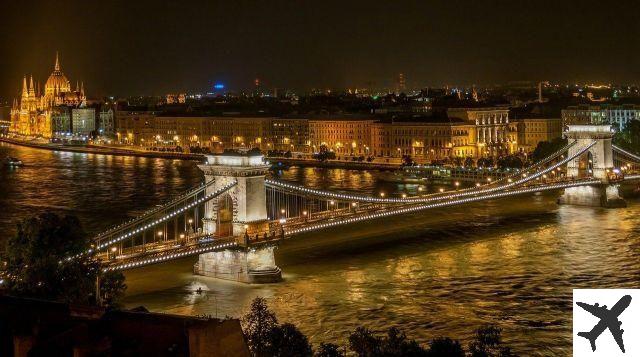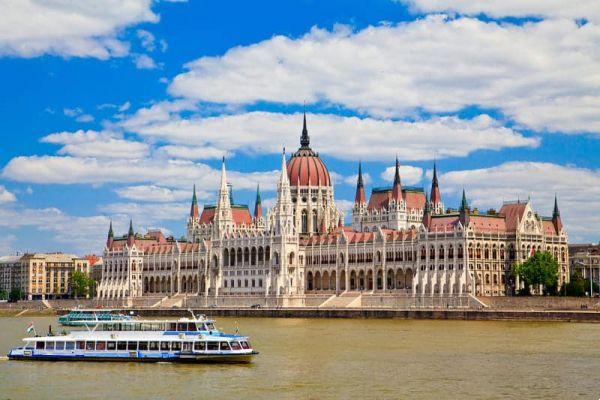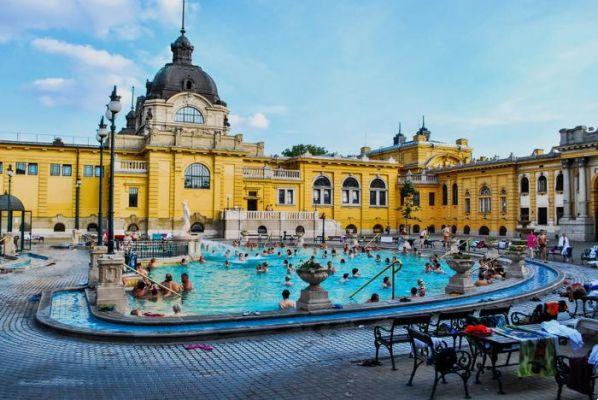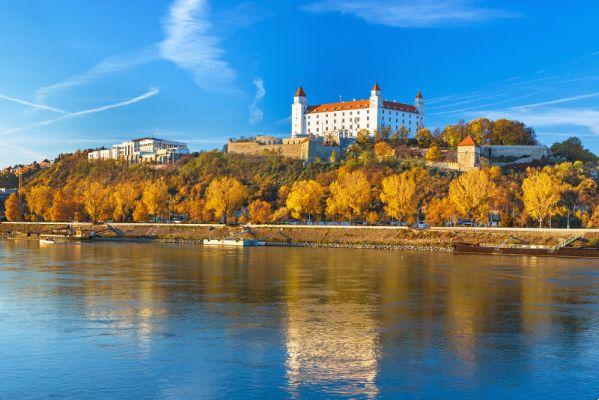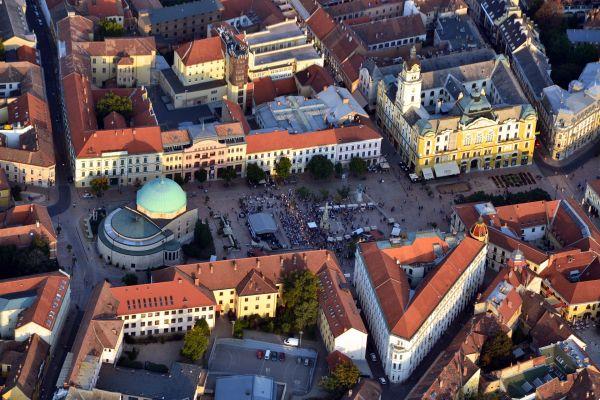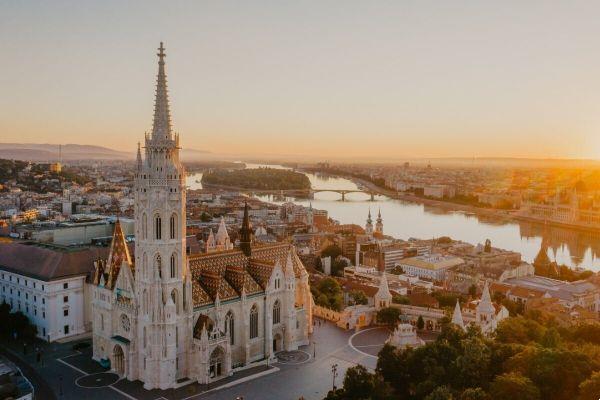
Welcome to ForTravelLovers, where we love to explore the most fascinating corners of the world. On this occasion, we will delve into the ecclesiastical architecture of Hungary, specifically in the beautiful city of Budapest. We will discover the majesty of the Matthias Church, the reinterpretation of a tradition broken at the turn of the millennium and we will marvel at the images of the baroque architecture of this city.
1. Matthias Church: An architectural treasure in Budapest
Matthias Church, also known as the Church of Our Lady, is one of the main tourist attractions in Budapest. Located in the heart of the Castle district, this Gothic church stands out for its stunning architecture and rich history.
Built in the XNUMXth century, Matthias Church has witnessed numerous historical events and has been the scene of royal coronations and royal weddings. Its ornate façade and colorful tiles make this church a true architectural treasure.
Inside, visitors can admire beautiful stained glass windows, sculptures and frescoes that tell biblical stories. In addition, the church houses an impressive collection of sacred art, including valuable pieces of metalwork and liturgical textiles.
2. The reinterpretation of a broken tradition at the turn of the millennium
The turn of the millennium was a moment of great importance in the history of Hungary and Budapest. During this time, a reinterpretation of ecclesiastical traditions took place, fusing modern elements with the country's rich cultural heritage.
One of the most notable examples of this reinterpretation is St. Stephen's Basilica. This imposing church, dedicated to the first king of Hungary, is a symbol of national identity and an important pilgrimage center.
St. Stephen's Basilica combines neoclassical architectural elements with baroque and Renaissance details. Its dome, which rises more than 96 meters high, offers a stunning panoramic view of Budapest.
3. The baroque architecture of Budapest: A trip to the past
Budapest is known for its impressive baroque architecture, which can be seen in numerous buildings and monuments in the city. These magnificent examples of architecture transport us to a bygone era and allow us to admire the beauty and splendor of this architectural style.
One of the most emblematic baroque buildings in Budapest is the Royal Palace. Located on Castle Hill, this imposing palace was the residence of the kings of Hungary and currently houses several museums and art galleries.
Another notable example of baroque architecture in Budapest is the State Opera. This majestic building, built at the end of the XNUMXth century, is considered one of the most beautiful opera theaters in the world. Its richly decorated façade and luxurious interior are true works of art.
FAQs
1. What is the best time to visit Budapest and enjoy its ecclesiastical architecture?
The best time to visit Budapest and enjoy its ecclesiastical architecture is during spring and autumn. These seasons offer a pleasant climate and fewer tourists, which will allow you to calmly appreciate the architectural details of the churches and other religious buildings.
2. What are other places of architectural interest in Budapest besides Matthias Church and St. Stephen's Basilica?
In addition to Matthias Church and St. Stephen's Basilica, Budapest has other places of architectural interest that you cannot miss. Some of them are the Hungarian Parliament, the Chain Bridge, Buda Castle and the Széchenyi Baths, which combine historical architecture with relaxing hot springs.
Conclusion
The ecclesiastical architecture in Hungary, and in particular in Budapest, is truly impressive. From the majesty of Matthias Church to the reinterpretation of traditions in St. Stephen's Basilica, each building tells a story and reflects the country's rich history and culture.
If you are a lover of architecture and history, you cannot miss visiting Budapest and marvel at its beauty. Explore the churches, palaces and baroque monuments that adorn the city and let yourself be carried away by its unique charm.
We hope that this article has sparked your interest in ecclesiastical architecture in Hungary. If you have any additional questions or want to share your experience in Budapest, feel free to leave us a comment. We'd love to hear from you!
Until next time,
The ForTravelLovers team




